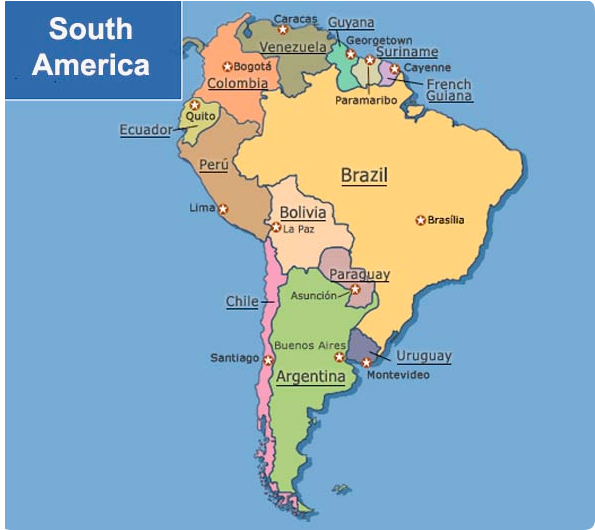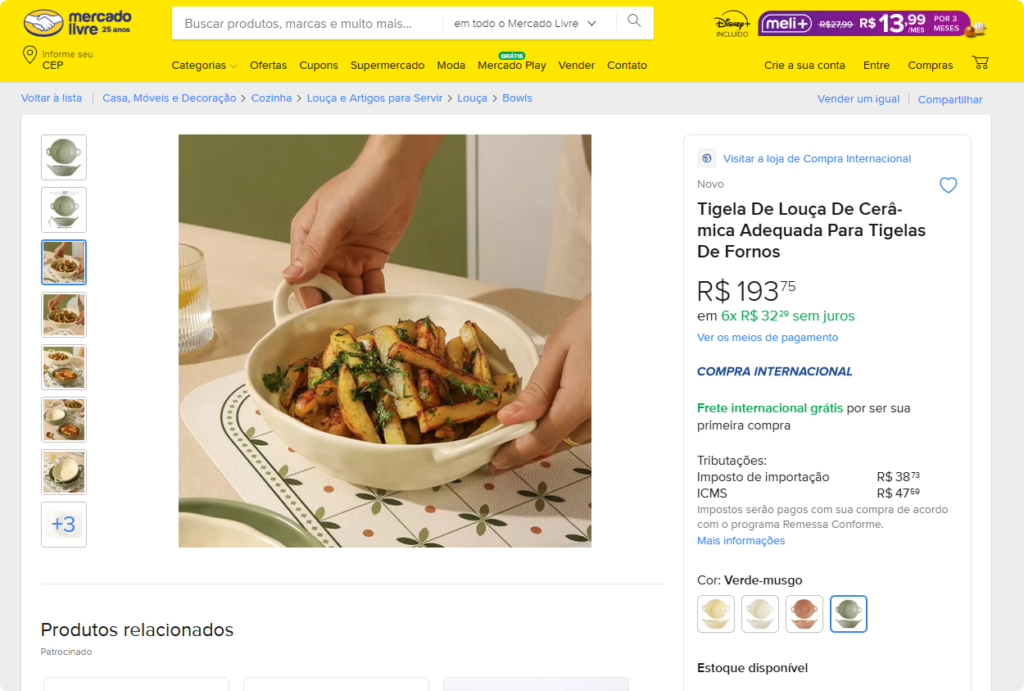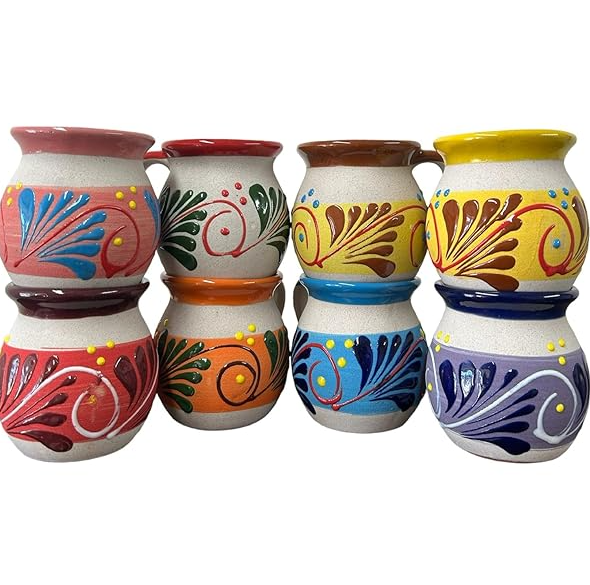In recent years, South America has emerged as a key player in the global market for high-end ceramic products. With its growing middle class, increasing urbanization, and an evolving taste for premium home goods, the region presents a significant opportunity for manufacturers and suppliers of ceramic tableware and other high-end products. This article delves into the factors driving this trend, offers a market analysis, and provides actionable insights for B2B buyers and manufacturers looking to expand into South America.
1. Market Overview
South America is home to over 430 million people, spread across diverse economies such as Brazil, Argentina, Chile, and Colombia. With a mix of cultures and traditions, the region has seen a rising demand for quality and luxury home products, including ceramics.

- Rising Middle Class: Countries like Brazil and Chile have experienced steady economic growth, leading to higher disposable incomes and a shift in consumer preferences toward quality over quantity.
- Urbanization: With over 80% of South America’s population living in urban areas, the demand for modern and aesthetically pleasing home goods is on the rise.
- Growing E-commerce Platforms: Online marketplaces like MercadoLibre and Amazon have made premium products more accessible to consumers in remote areas.
2. Key Drivers of Growth in the Ceramic Products Market
a. Consumer Preferences
South American consumers increasingly value the aesthetic and functional qualities of ceramic products. Traditional materials are being replaced by high-quality ceramics, which are perceived as durable, elegant, and environmentally friendly.
b. The Influence of Global Design Trends
Modern and minimalist designs, which dominate global markets, are gaining popularity in South America. Neutral tones, organic shapes, and matte finishes are particularly in demand.
c. Government Policies Supporting Imports
Several South American countries have reduced import tariffs on luxury goods, including ceramics. This has made it easier for international suppliers to enter the market.
d. Growth of Hospitality and Tourism Sectors
With tourism steadily increasing, high-end hotels and restaurants across the region are driving demand for premium ceramic tableware to enhance guest experiences.
3. Challenges and Opportunities
While South America is a growing market, it is not without its challenges. However, these challenges also present opportunities for manufacturers willing to adapt.
| Challenge | Details | Opportunities |
|---|---|---|
| Diverse Market Preferences | Each country has unique tastes in design, color, and style. | Conduct market research and offer region-specific designs. |
| Fluctuating Currency Exchange Rates | Frequent currency fluctuations can affect pricing and profitability. | Work with local distributors to mitigate risks. |
| Competition from Local Manufacturers | Some South American manufacturers offer affordable ceramic products with traditional designs. | Focus on premium quality, modern designs, and sustainable materials to differentiate from competitors. |
| Import Regulations | Strict regulations and paperwork can slow down imports. | Partner with local importers familiar with regional regulations. |
4. Case Studies: Successful Ceramic Products in South America
To understand the demand in South America, let’s look at two successful case studies:
- Premium Dinnerware in Brazil:

A Brazilian e-commerce platform saw a 45% increase in sales of high-end ceramic dinnerware in 2024. The bestsellers featured minimalist designs with earthy tones, catering to the growing middle class’s desire for modern aesthetics.
- Ceramic Mugs in Chile:

- In Chile, ceramic mugs with hand-painted designs became a popular gift item during the holiday season, reflecting the consumer’s appreciation for artisanal craftsmanship.
5. Insights for Manufacturers
a. Focus on Sustainability
South American consumers are becoming more eco-conscious. Ceramic products with sustainable packaging and environmentally friendly production methods have a competitive edge.
b. Invest in Regional Partnerships
Collaborating with local distributors and retailers can streamline the supply chain and help manufacturers navigate cultural and regulatory nuances.
c. Prioritize Design Flexibility
Offering customizable designs that cater to regional preferences can set a brand apart from competitors.
d. Utilize E-commerce Platforms
Platforms like MercadoLibre and Dafiti are key to reaching consumers in both urban and rural areas. A strong online presence with targeted marketing campaigns is essential.
6. The Future of High-End Ceramics in South America
By 2030, the South American market for premium ceramics is projected to grow by 20%. This growth will be driven by urbanization, a younger demographic with evolving tastes, and government policies that favor imports of luxury goods.
Conclusion
South America’s growing demand for high-end ceramic products is a golden opportunity for global manufacturers. By understanding the market dynamics, addressing challenges, and leveraging local partnerships, manufacturers can position themselves as leaders in this burgeoning market.
For businesses interested in entering the South American market, EKA offers OEM and ODM solutions tailored to the region’s unique demands. Contact us to learn more about how we can help you succeed in this promising market.

